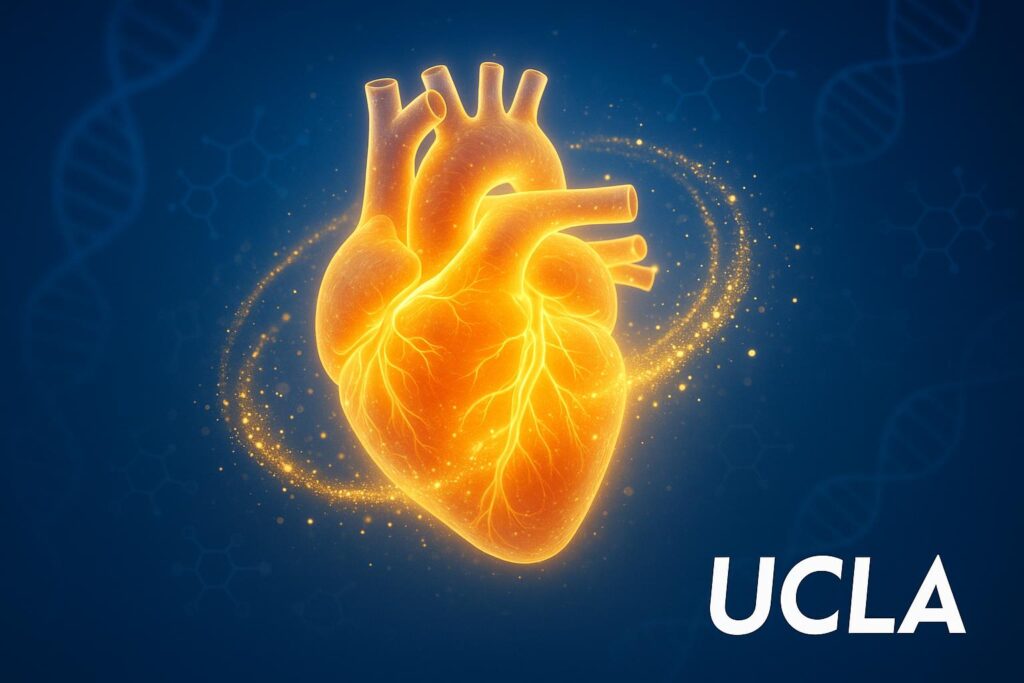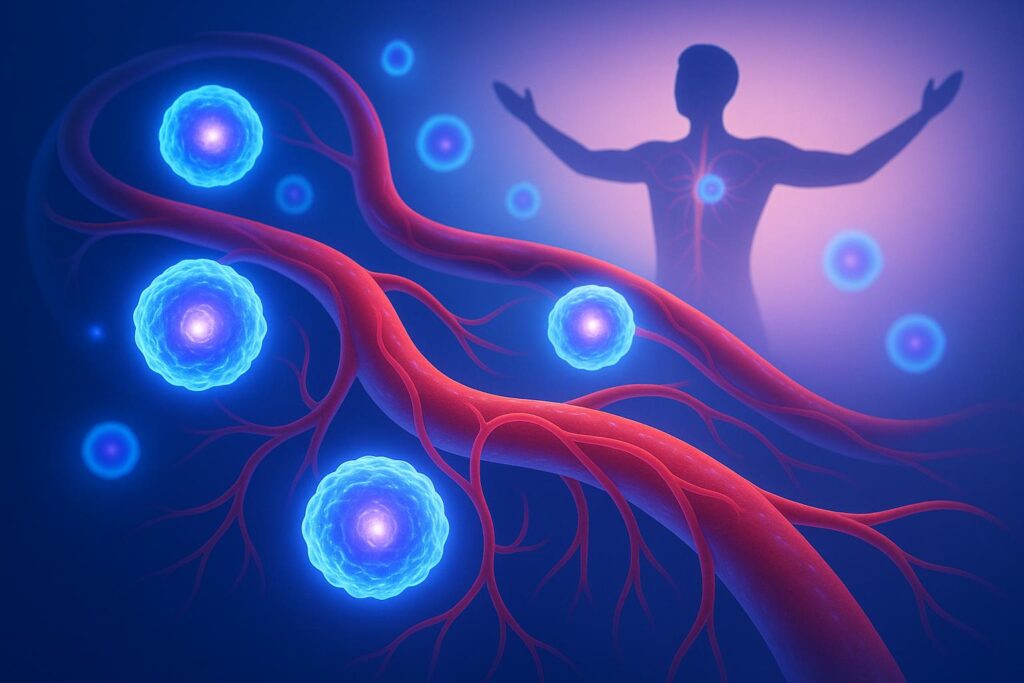Can the key to unlocking the future of heart health lie within our very own cells?
Stem cell therapy represents a burgeoning frontier in medical science, especially in the realm of cardiology. This innovative approach could potentially revolutionize the way we treat heart disease, offering hope where conventional treatments may fall short.
What are Stem Cells?
Stem cells are the body’s raw materials — cells from which all other cells with specialized functions are generated. By introducing these powerful cells into the human body, we can promote the regeneration of damaged tissues, a process particularly valuable in treating various forms of heart disease.
The types of stem cells most commonly used in cardiac therapy include mesenchymal stem cells (MSCs), embryonic stem cells, and induced pluripotent stem cells.
The Need for Innovative Heart Disease Treatments
Despite advances in medicine, heart disease remains a leading cause of death worldwide. The statistics are sobering: it is estimated that every year, millions of people globally suffer from heart complications that could benefit from more advanced treatments.
Current therapies often focus on managing symptoms rather than curing the underlying conditions, highlighting the critical need for innovative solutions like stem cell therapy.
The Science of Stem Cells in Cardiology
Stem cell therapy aims to harness the natural healing process of the body, potentially restoring the function of damaged heart tissue and even creating new heart muscle. This section explores how these therapies work at a cellular level and why they hold promise for transforming cardiac care.
Mechanisms of Action
Stem cells can differentiate into various cell types necessary for repairing heart tissue. They can also secrete factors that foster healing and the formation of new blood vessels, a process essential for heart repair after injury.
Types of Stem Cells Used
| Stem Cell Type | Use in Cardiology | Advantages |
|---|---|---|
| Autologous stem cells | Repair after myocardial infarction | Lower rejection rates |
| Allogeneic stem cells | Treatment of heart failure | Broader availability |
| Induced pluripotent stem cells | Experimental treatments | Customizable to patient’s genetic makeup |
Current Applications of Stem Cell Therapy in Cardiology
Stem cell therapy is not just theoretical; it’s being applied today in several cardiac areas. Here are some of the most promising applications:
Myocardial Infarction
Clinical studies have demonstrated that stem cell therapy can significantly improve outcomes in patients suffering from heart attacks by promoting the repair and regeneration of the heart muscle. For instance, patients receiving stem cell treatments often show improved heart function, a reduction in scar size, and a better overall quality of life.
Heart Failure
Chronic heart failure, a condition where the heart gradually loses its ability to pump effectively, has also seen promising results from stem cell treatments. Trials have shown that these therapies can not only halt the progression of the disease but, in some cases, reverse some of the damage.
Congenital Heart Defects
In pediatric cardiology, stem cells offer a ray of new hope for congenital defects. By implementing cell-based regenerative strategies, it’s possible to treat these defects even before a child is born, illustrating the transformative potential of stem cells.
Emerging Research and Future Potential
As we forge ahead, the landscape of stem cell therapy in cardiology continues to evolve with exciting new developments each year.
Innovative Research Approaches
Current research is moving towards combining stem cell therapy with technologies like gene editing and tissue engineering to enhance the effectiveness and durability of treatments. The goal is not just to repair damaged tissue but to regenerate entire heart sections as needed.
Challenges and Future Directions
Despite significant progress, challenges such as cell survival, integration, and function post-transplantation remain. Overcoming these hurdles will require innovative solutions and continued robust clinical trials to validate the safety and efficacy of new treatments.
Regulatory and Ethical Considerations
Stem cell therapy, particularly those involving embryonic stem cells, faces various regulatory and ethical hurdles. Navigating this complex landscape is crucial for advancing the science while ensuring ethical compliance.
Regulatory Landscape
| Region | Regulation Overview |
|---|---|
| USA | FDA oversight on all cell therapies |
| Europe | EMA guidelines for production and use |
| Asia | Varying standards, some very strict |
Ethical Challenges
The use of embryonic stem cells has been particularly contentious, sparking a broad debate about the ethical implications of using human embryonic cells for research and treatment.
Conclusion
Stem cell therapy is at the frontier of a new era in treating heart disease, offering the potential not just for life extension but for life enhancement. As we continue to explore and expand these therapies, they may soon become a standard part of cardiac care, offering new hope to millions suffering from heart disease worldwide.
Stem cell therapy is more than just a medical treatment; it’s a beacon of hope for those who thought their conditions were beyond repair. By harnessing the power of our own cells, we step closer to a future where the heart heals itself, proving once again that sometimes, the best medicine comes from within.



